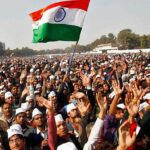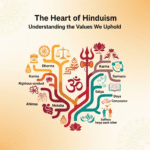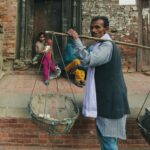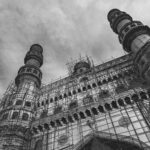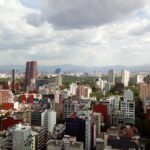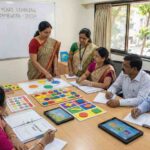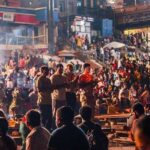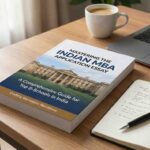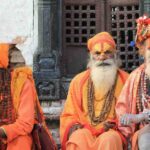Exploring the challenges and opportunities of harnessing Uttar Pradesh’s diversity for progress.
Introduction
Uttar Pradesh (UP), with its population estimated at over 240 million (2023), is India’s most populous state and a microcosm of the nation’s diversity. It is a tapestry of various castes, religions, and economic strata, making it both a challenge and an opportunity for governance. While this diversity often manifests in fragmented politics, it also holds the potential to drive transformative change if effectively united. This article examines how UP’s population dynamics can be a catalyst for economic and political progress.
Understanding UP’s Demographic Diversity
1. Cultural and Religious Plurality
- Religious Composition:
- Hindus constitute approximately 79% of UP’s population, followed by Muslims at 19.3%, with smaller communities of Sikhs, Christians, and others.
- Caste Dynamics:
- The state’s socio-political fabric is influenced by dominant castes such as Yadavs, Brahmins, Dalits, and other backward classes (OBCs).
(Source: Ministry of Statistics and Programme Implementation)
2. Economic Disparities
- Regional Variations:
- Western UP boasts better infrastructure and agricultural productivity, while eastern UP and Bundelkhand face underdevelopment and poverty.
- Urban-Rural Divide:
- Rapid urbanization in cities like Lucknow and Noida contrasts with persistent rural unemployment and lack of basic amenities in the hinterlands.
(Source: NITI Aayog 2023 Report)
Challenges of Unity in Diversity
1. Caste and Religious Polarization
- Issue:
- Deep-seated caste hierarchies and communal divides often dominate political narratives, hindering unified progress.
- Impact:
- Polarization shifts focus from developmental issues to identity-based politics, delaying economic reforms.
2. Regional Inequalities
- Issue:
- Infrastructure, healthcare, and educational resources are unevenly distributed, creating resentment in underdeveloped regions like Bundelkhand.
3. Fragmented Political Alliances
- Issue:
- Political parties often prioritize specific caste or religious groups, diluting the broader development agenda.
(Source: PRS Legislative Research)
Opportunities for Collective Progress
1. Unified Economic Aspirations
The state’s youth population, comprising over 55% under the age of 30, is increasingly focused on employment, education, and quality of life.
- Potential Pathways:
- Expanding programs like the UP Skill Development Mission (UPSDM) can equip young people with job-ready skills.
- Entrepreneurship initiatives and start-up hubs in Noida and Lucknow can engage urban and rural youth alike.
(Source: UPSDM Annual Report 2023)
2. Inclusive Governance Models
Policies addressing regional and community disparities can foster a sense of shared progress.
- Examples:
- One District One Product (ODOP): Encourages regional industries to thrive while preserving local crafts.
- Ayushman Bharat Yojana: Ensures affordable healthcare for underprivileged families, benefiting marginalized communities.
(Source: Ministry of Health and Family Welfare)
3. Strengthening Grassroots Democracy
Active participation in local governance through panchayats and urban bodies empowers diverse communities to work toward common goals.
- Impact:
- Decentralized decision-making can address localized concerns, reducing regional disparities.
The Role of Leadership
1. Bridging Divides
Effective leadership must transcend caste and religious barriers to foster unity.
- Case Study:
- Multi-caste alliances formed during recent elections demonstrate the potential for inclusive political strategies.
2. Development-Focused Agendas
Shifting from identity politics to addressing universal issues like employment, healthcare, and education can unite diverse voter groups.
Expert Opinions
- Sociologist’s Perspective:
- “UP’s diversity is its strength when governance focuses on inclusivity and regional equity. Collaborative leadership can unlock immense potential.”
- Economist’s Insight:
- “Regional disparities must be addressed for UP’s demographic advantage to translate into economic and political stability.”
(Source: NITI Aayog)
Conclusion
Uttar Pradesh’s diversity, while a governance challenge, is also a remarkable asset. The state’s young population, economic aspirations, and cultural richness present an opportunity for transformative change. By focusing on inclusive policies, bridging regional disparities, and fostering collaborative governance, UP can unite its population to drive significant economic and political progress. If effectively harnessed, UP’s diversity can become a blueprint for India’s collective development.
